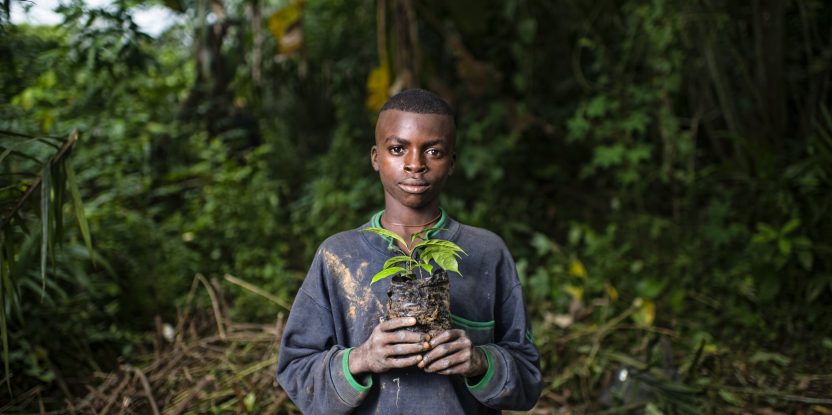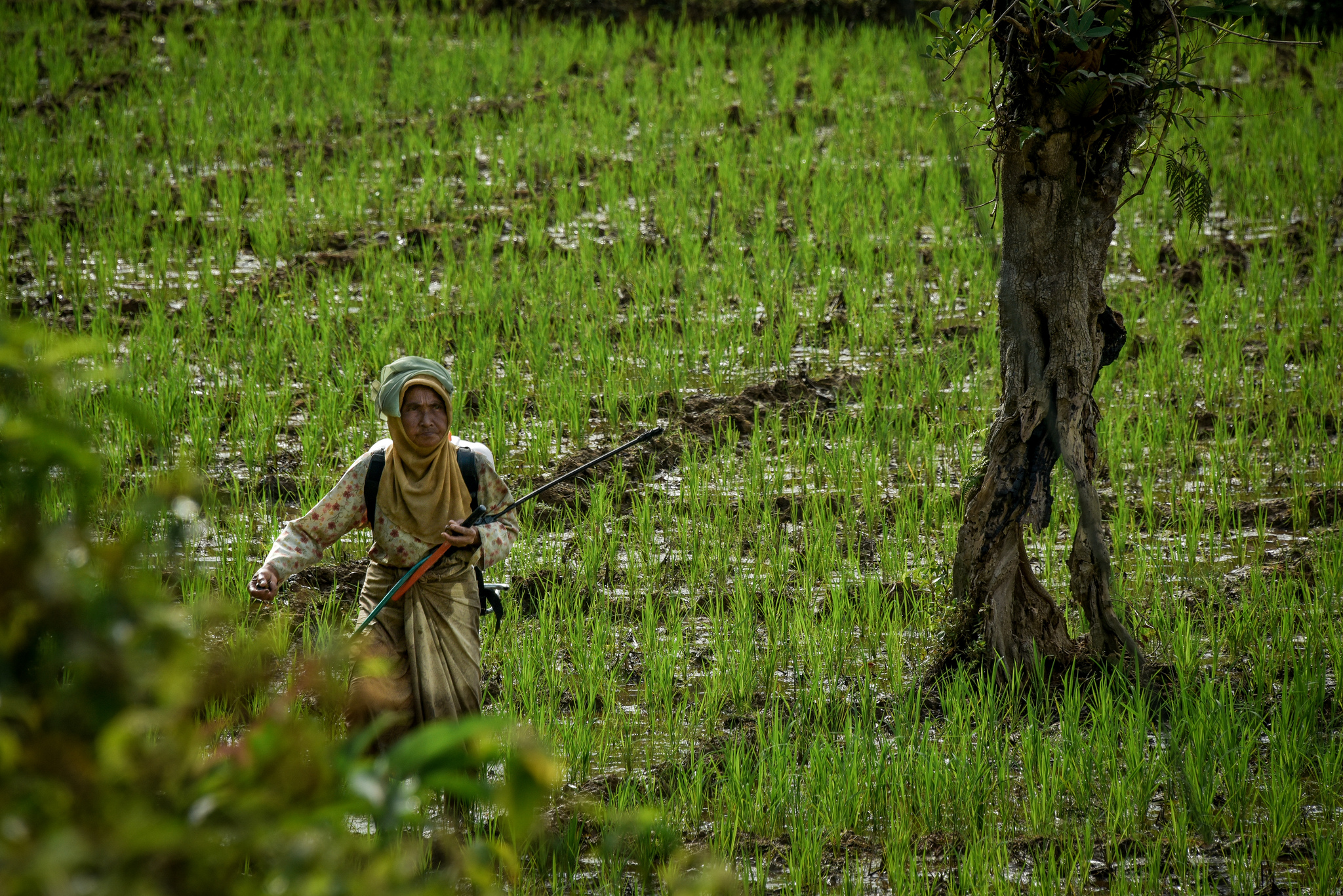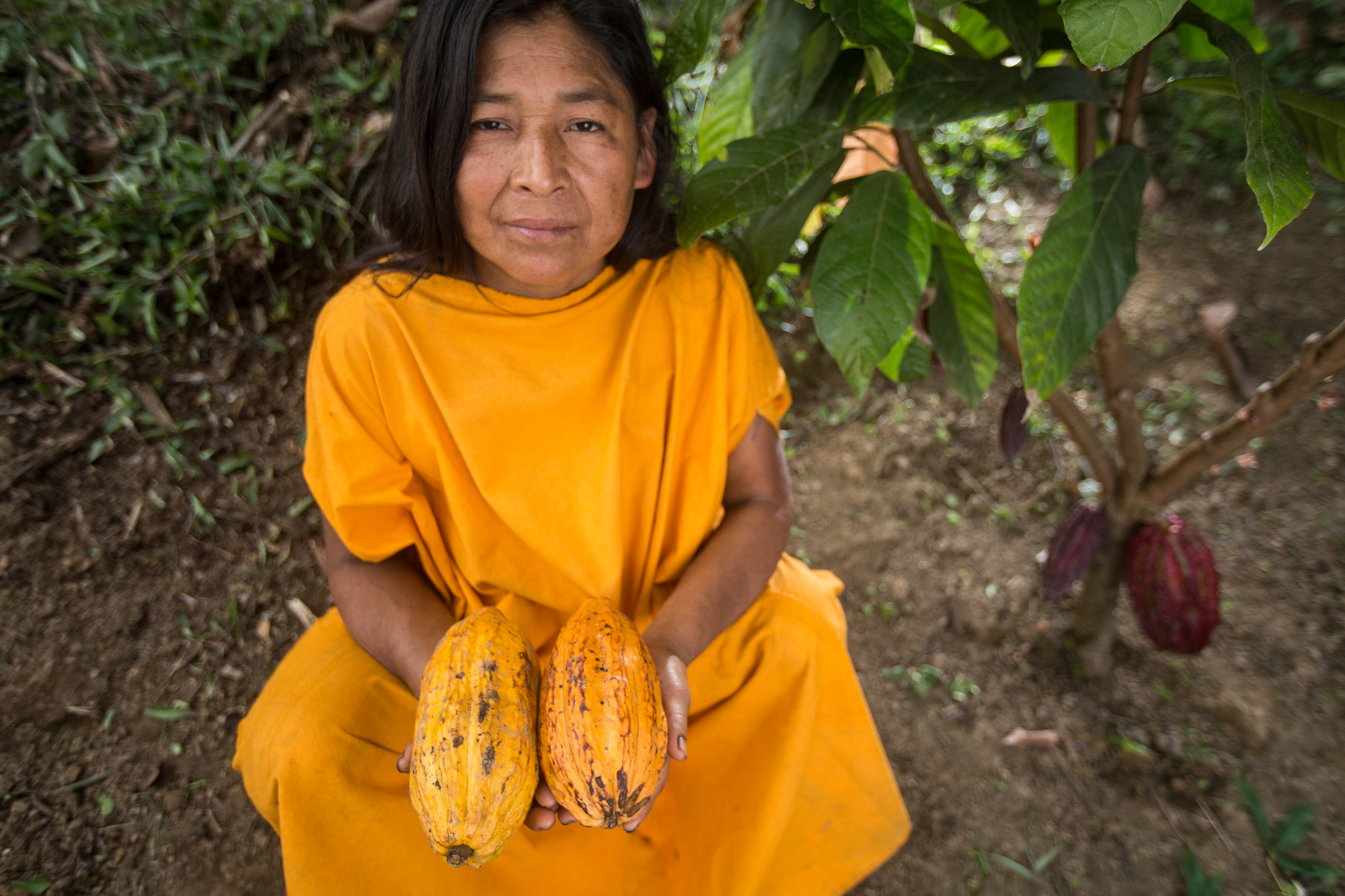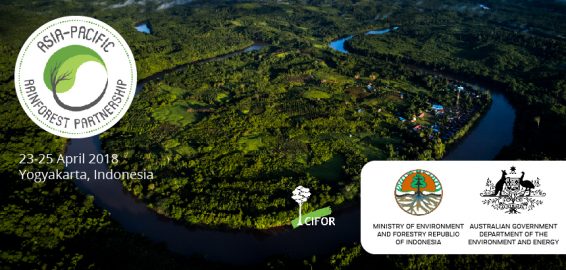
It’s now been 10 years since the United Nations launched REDD, an ambitious program to reduce greenhouse gas emissions from deforestation and forest degradation. In 2010, REDD became REDD+. The addition of the ‘+’ signified the intention to go beyond reduced emissions from the forest sector to enhanced carbon stocks and sustainable forest management. The hope was for REDD+ to not only help mitigate climate change but also to reduce poverty, especially in communities that live and rely on forested landscapes.
One of the main challenges for REDD+ is land tenure: the right to determine who can hold and use forest lands and resources, for how long and under what conditions. Tenure is particularly important in REDD+ because the initiative aims to promote custodianship of forests by local people – a goal that rests squarely on clarifying and strengthening local tenure.
Researchers from the Center for International Forestry Research (CIFOR) and partner institutions recently took a look at this issue. They focused on five countries – Brazil, Peru, Cameroon, Tanzania and Indonesia – and examined the effects of efforts to clarify and strengthen local tenure at REDD+ sites. They carried out research on 21 subnational REDD+ initiatives as well as in 141 villages, roughly half of which were not involved in REDD+, for comparison to the other half that were.
The researchers set out to assess how local communities perceive change in tenure insecurity over time; their main reasons for change, if any; and how they perceived REDD+’s role in all of it.
“REDD+ aims to encourage people to maintain forests, but much of the land is contested,” says William Sunderlin, CIFOR Senior Associate and lead author of the resulting paper. “If you engage people at the local level to protect forests, they need to have the legal ability to tell outsiders ‘Sorry, you can’t do that on this land.’”
The researchers found that even though REDD+ implementers had put a lot of effort into addressing tenure issues at their sites, negligible progress was made across the board. The one major exception was a pair of sites in Cameroon.
“There were two REDD+ initiatives in Cameroon that showed promise,” says Sunderlin. “When we compared outcomes with non-REDD+ villages, we saw that the REDD+ villages showed a higher level of participatory involvement in the community, and this appears to have played a role in improving tenure outcomes.”
At one of the two sites, villagers were involved in a management committee that discussed land-use issues, ownership, access and contestation of rights. They also helped trace the boundaries between their community farmland and protected forests. In addition, community members were paid to patrol against illegal activities in the nearby national park.
At the other site, community members were allowed to extract and sell timber. Through REDD+ they received payment for ecosystem services (PES) for protecting the forests.
“We found that even when forest villagers did not own the land, the participatory management structure and conservation incentives meant people felt more secure.”
BREAKING EXPECTATIONS
At the other end of the spectrum is Brazil, where researchers thought there might be more positive results.
“There have been policy efforts in Brazil to link environmental compliance with land tenure clarification, which go beyond REDD+,” says Sunderlin. “So we were predisposed to believe it would be a success story. But this wasn’t the case.”
The team found that villagers reported increasing levels of tenure insecurity over time, particularly over their agricultural lands.
“Government restrictions on clearing of forests for agriculture contributed to Brazil’s success story in reducing Amazonian deforestation, but such efforts targeted at smallholders without clear land titles can have negative consequences for local livelihoods.”
In Indonesia, the research results had scientists scratching their heads at first. In villages in East Kalimantan on the island of Borneo, they found there was some improvement in perceived tenure security. But this was seen in both REDD+ and control villages. One of the team members followed up to find out why.
A combination of factors may explain the puzzling results. First, the villagers said they were advised by local forestry officials that land access would not be challenged even when it was located in a Forest Zone – in both REDD+ and non-REDD+ villages.
Another factor that applied across villages was customary or local law, which tended to reduce perceived threats from migrants by defining village boundaries and other locally recognized claims.
“We also found that some oil palm and timber companies have improved their engagement with local stakeholders, and some communities have become more pro-active in negotiating with these companies,” says Sunderlin.
SENSE OF SITE
The researchers say that in all five countries, the perception of tenure security depended on what people believed at the start of interventions and what they expected to happen. REDD+ was seen to have positively affected tenure security for communities in three of the countries, but nevertheless appears to have so far fallen short of its goal to make substantial improvements.
“REDD+ has barely gotten underway and has been operating at a low level, in part due to lack of funding. The inclusion of REDD+ in dozens of countries’ climate change mitigation plans through the Paris Climate Agreement shows it continues to hold some promise.”
Sunderlin says the research doesn’t point to any one approach for improving tenure security because issues vary widely across the world, and even among sites within countries.
“Creating a solid tenure foundation is the most important challenge that REDD+ has faced,” concludes Sunderlin. “And it turns out that tenure is a key challenge for all forest-based climate change mitigation efforts, both REDD+ and non-REDD+.”
We want you to share Forests News content, which is licensed under Creative Commons Attribution-NonCommercial-ShareAlike 4.0 International (CC BY-NC-SA 4.0). This means you are free to redistribute our material for non-commercial purposes. All we ask is that you give Forests News appropriate credit and link to the original Forests News content, indicate if changes were made, and distribute your contributions under the same Creative Commons license. You must notify Forests News if you repost, reprint or reuse our materials by contacting forestsnews@cifor-icraf.org.


